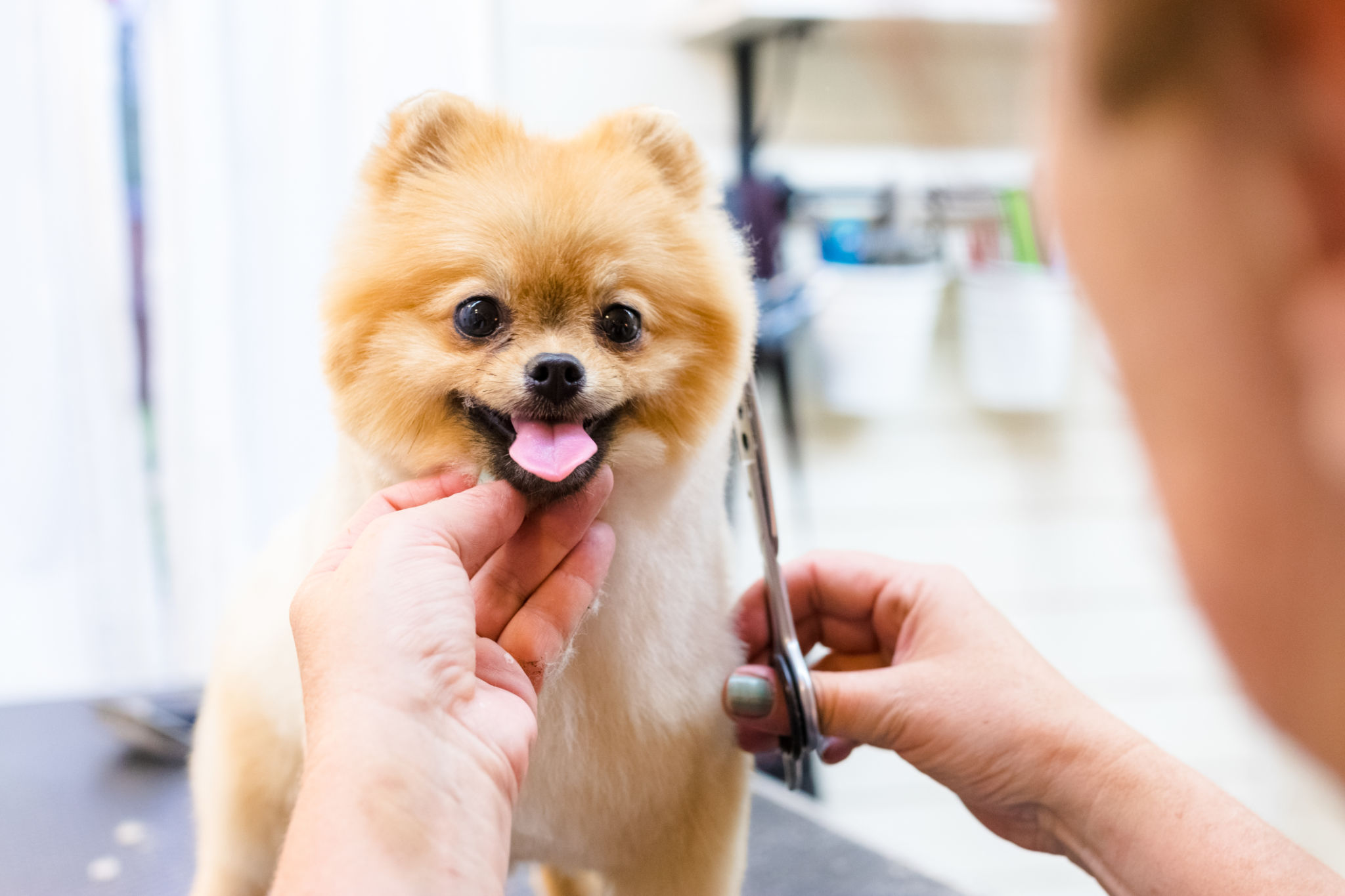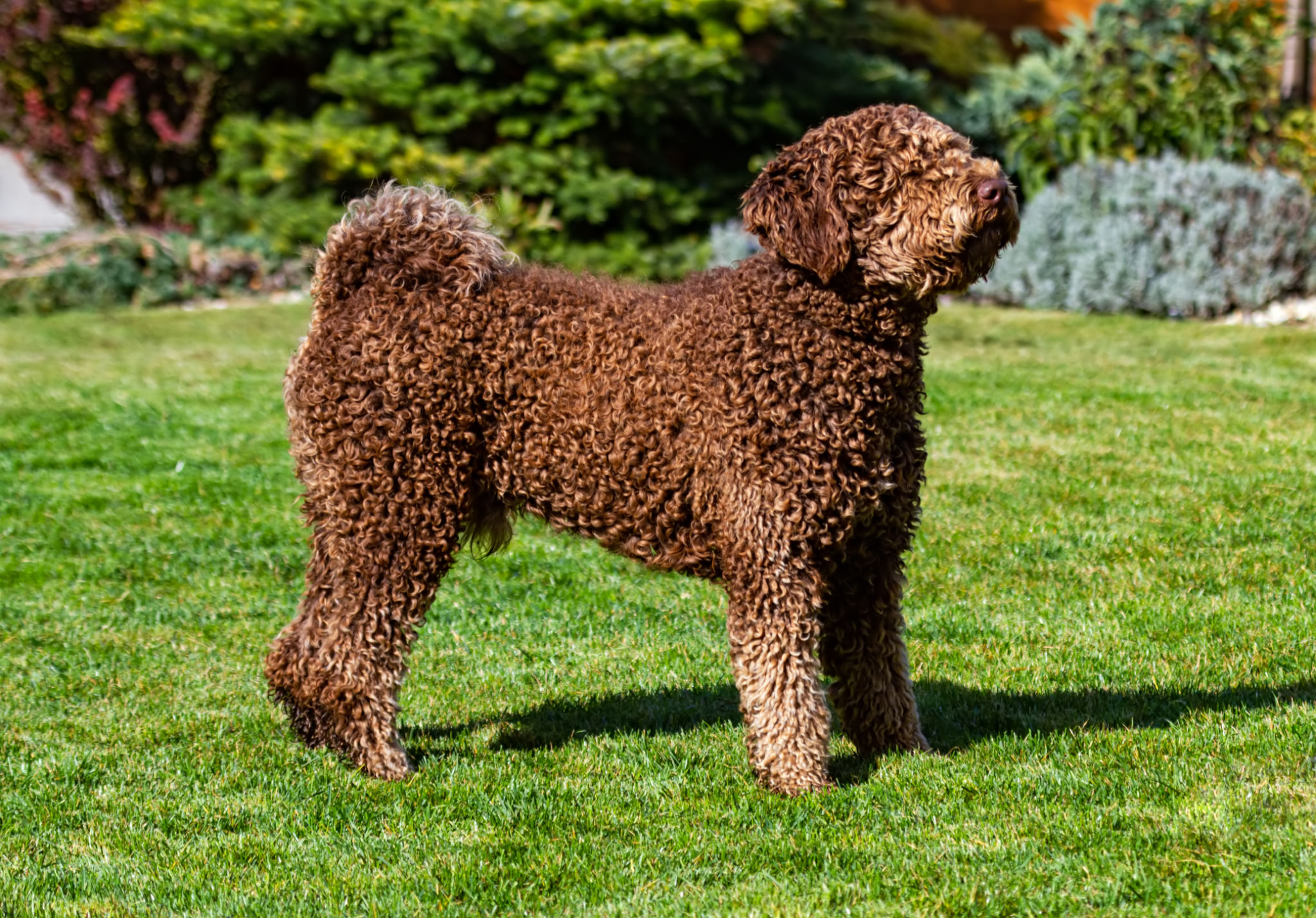Understanding Different Dog Coat Types and Their Grooming Needs
Understanding Different Dog Coat Types
Dogs come in a variety of coat types, each with its own unique characteristics and grooming needs. Whether your furry friend has a smooth coat, a fluffy double coat, or curly locks, understanding their specific grooming requirements is essential for maintaining their health and appearance. This guide will help you navigate the different dog coat types and how to care for them effectively.

Smooth and Short Coats
Smooth and short coats are easy to maintain, making them a popular choice for many pet owners. Breeds like Beagles and Dalmatians fall into this category. These coats lie close to the body and have a sleek appearance. Regular brushing with a rubber brush or grooming mitt is usually sufficient to remove loose hairs and maintain a healthy shine.
While these coats don't mat easily, they can still shed significantly. Bathing every couple of months and regular brushing will help keep shedding under control. Additionally, be on the lookout for skin issues, as short-haired breeds may be more prone to certain skin conditions.
Double Coats
Double-coated dogs, such as Siberian Huskies and Golden Retrievers, have a dense undercoat beneath their outer layer of fur. This coat type provides excellent insulation, making it ideal for colder climates. However, it also requires regular grooming to prevent matting and manage shedding.

Brushing a double-coated dog at least twice a week with a slicker brush or an undercoat rake helps remove loose hairs and prevents tangles. During shedding seasons, more frequent brushing may be necessary. It's important not to shave double-coated dogs, as their fur plays a crucial role in temperature regulation.
Curly and Wavy Coats
Curly and wavy coats, found in breeds like Poodles and Portuguese Water Dogs, require diligent care to prevent mats and tangles. These coats don't shed much, but they can trap dirt and debris easily. Regular grooming is essential to maintain their texture and appearance.
Brushing these dogs daily with a comb or slicker brush helps keep their curls defined and free of tangles. Regular professional grooming every 6-8 weeks is recommended to keep the coat manageable and healthy. Pay special attention to areas prone to matting, such as behind the ears and under the legs.

Long Coats
Breeds such as Shih Tzus and Afghan Hounds boast luxurious long coats that require significant grooming effort. These coats are prone to tangling and matting, so regular maintenance is crucial for keeping them in top condition.
Daily brushing with a pin brush or wide-tooth comb helps prevent mats from forming and keeps the coat looking its best. Regular trims can also help manage length and reduce the risk of tangles. Bathing these dogs every few weeks with a quality dog shampoo will keep their coats clean and shiny.
Final Thoughts on Grooming
Understanding your dog's coat type is the first step in providing the right grooming care. Each type has its own set of needs, requiring different levels of commitment and techniques. By tailoring your grooming routine to match your dog's coat type, you'll ensure they remain comfortable, healthy, and looking their best.
Remember that regular grooming is not just about aesthetics; it's also about promoting overall health and well-being. Whether you choose to groom your dog at home or seek professional help, maintaining a consistent routine will make all the difference in your furry friend's life.